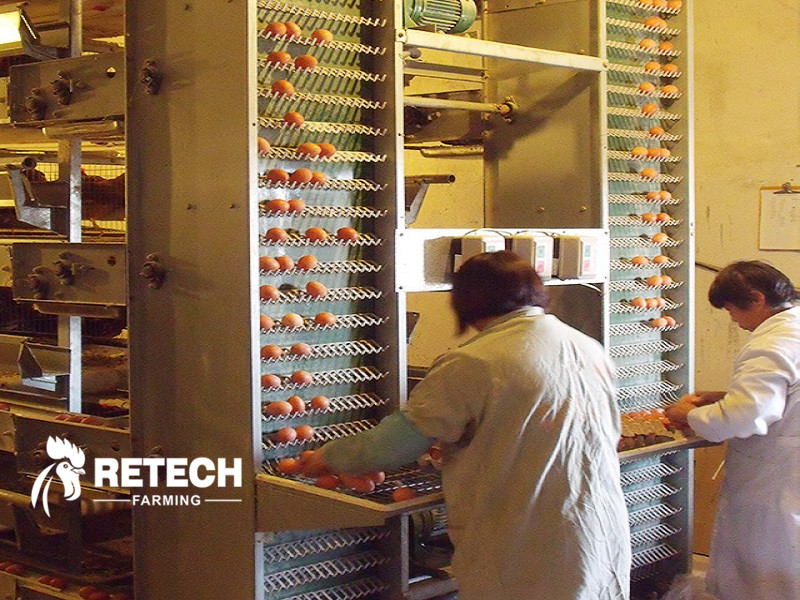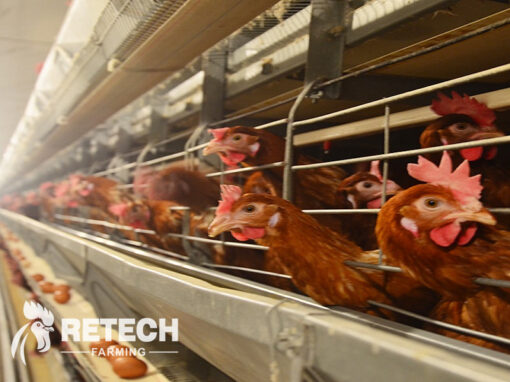To choose an excellent breed of laying hens, please refer to the following 8 points:
1. It cannot be introduced from the epidemic area. It is an important principle not to introduce breeders from breeding farms with frequent or ongoing outbreaks.
2. The breeder farm should be formal and qualified. No matter what level of a chicken farm, it must go through an acceptance team organized by the local or superior competent unit, evaluate and accept according to the specified items, and obtain a certificate of conformity before it is qualified to provide seed or sell chicks to the society. Breeders must pay attention to this.
3. The imported varieties should be in line with the business direction. According to the poultry breeding system, poultry farms are divided into breed farms, breeding farms (great-grandparents), primary breeding farms (grandparents), secondary breeding farms (parental generations), and commercial farms (commercial generations).In general, breeding poultry farms should raise parental breeder chickens at a minimum.
The laying hen commercial farm can only raise commercial hens, not roosters, and commercial generations are not used for breeding; on the contrary, the inevitable result of self-breeding is that the production performance will drop rapidly. The types, names, and algebras of the introduced varieties should be consistent with the management objectives. The commercial hens should be imported from the parent breeder farm, and the breeders from the parent breeder farm should be from the grandparent farm.

battery chicken cage
4. From the chicken farm with good integrity and after-sales service. The production performance of different generations of chickens is different, and individual unscrupulous chicken farms may sell redundant or eliminated chicks of different generations as commercial laying hens. If so, the egg-laying performance of the chicks will not be good when they grow up.
5. Age, price ,and weight should be consistent. When buying a breeder chicken, the younger you are, the lower the price (less feed consumption). Unscrupulous farmers will sell 4-week-old chicks as 5- or 6-week-olds to make more money. Therefore, we should pay attention to : firstly, it is required to see its hatching schedule or feeding time; secondly, it is required to see the feeding record and feed consumption record; thirdly, if the difference is too large compared with the standard body weight of this chicken breed, there may be fraudulent behavior.
6. Choose high-quality chicken breeds. Selecting and raising high-quality chicken breeds is a key measure to improve breeding efficiency. The practice has proved that superior chicken breeds can increase egg production by more than 20% more than ordinary chicken breeds. At present, the effect of increasing production is indeed remarkable, and the excellent chicken breeds that are widely used in production include Hessex brown-shell hens, Roman brown-shell laying hens, Xinyang brown-shell laying hens, and Hailan brown-shell laying hens.
7. Chicken breeds have better adaptability. The main consideration is the local ecological environment and the level of feeding and management, especially chicken breeds that have been raised for several years or batches cannot be easily replaced.

egg layer cage
8. Chicken farmers should cite chicks from different sexes. The feathers of commercial surrogate chicks of brown-shell hens are light brown, and the male chicks are white. Introduced chicks with scruffy feathers may be self-bred chicks from commercial generations, not hybrids produced by the parents.


